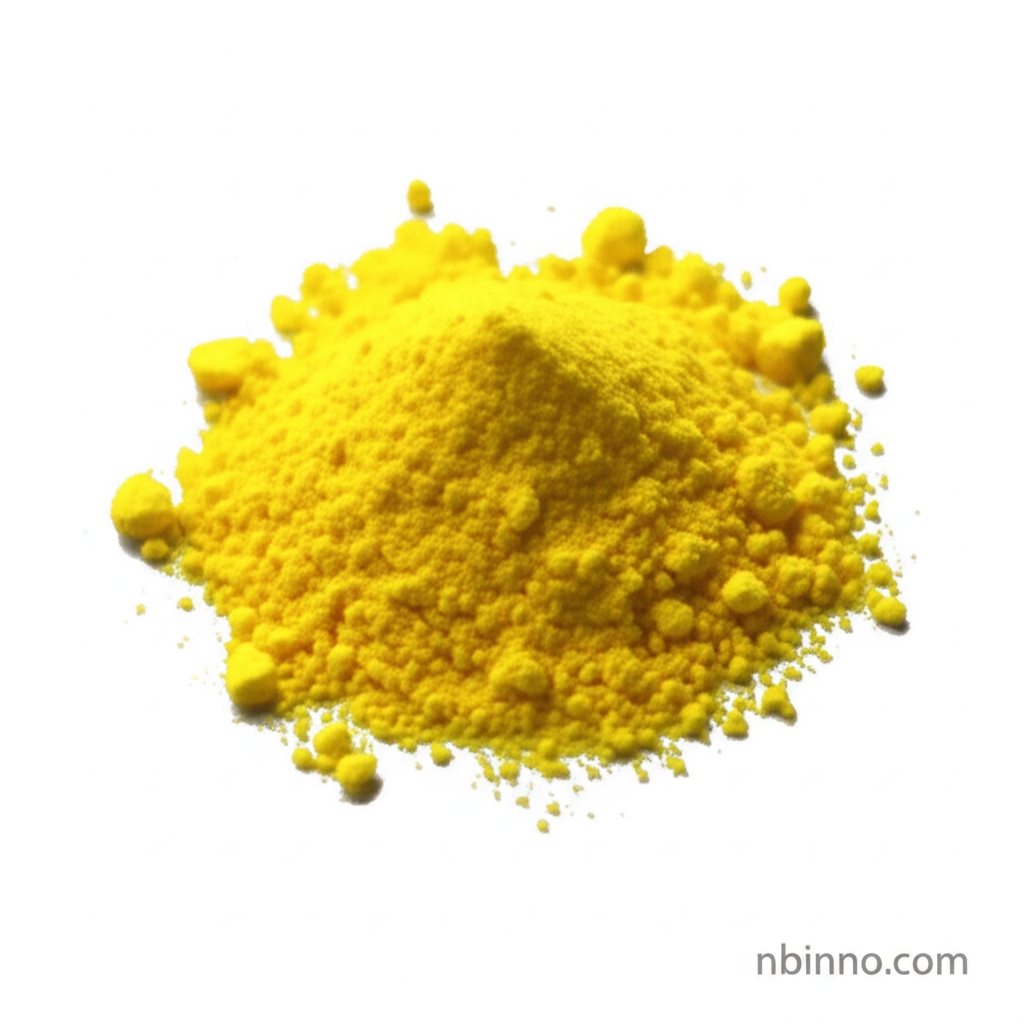2-tert-Butyl-1,4-benzoquinone: A Key Intermediate for Chemical Innovation
Discover the multifaceted applications of 2-tert-Butyl-1,4-benzoquinone (CAS 3602-55-9), a critical compound in advanced chemical synthesis and vital for biological research, offering unique properties for scientific exploration.
Get a Quote & SampleProduct Core Value

2-tert-Butyl-1,4-benzoquinone
As a leading supplier in China, we offer high-quality 2-tert-Butyl-1,4-benzoquinone (CAS 3602-55-9). This compound is invaluable as a versatile synthetic intermediate, playing a crucial role in the chemical synthesis of complex molecules. Its unique structure and reactivity make it a sought-after material for researchers and manufacturers worldwide.
- Unlock advanced chemical synthesis pathways using 2-tert-Butyl-1,4-benzoquinone as a key building block, facilitating the creation of novel compounds.
- Explore the distinct biological activities of this benzoquinone derivative, essential for in-depth biochemical studies and understanding cellular mechanisms.
- Leverage our capabilities as a reliable manufacturer in China for consistent supply and high-purity 2-tert-Butyl-1,4-benzoquinone, ensuring reproducible research outcomes.
- Inquire about pricing and purchase options for 2-tert-Butyl-1,4-benzoquinone, a critical reagent for cutting-edge scientific and industrial applications.
Advantages Offered
Chemical Versatility
The compound's role as a synthetic intermediate allows for diverse chemical transformations, enabling the chemical synthesis of advanced materials and complex organic structures.
Biological Significance
Its established cytotoxicity and role as a metabolite of food additives provide critical insights for biochemical research and safety assessments.
Research Applications
Studies confirming induction of apoptosis by this compound highlight its importance in cancer research and the development of new therapeutic strategies.
Key Applications
Organic Synthesis
Utilize 2-tert-Butyl-1,4-benzoquinone in diverse chemical synthesis projects to create novel compounds and materials.
Cancer Research
Investigate its cytotoxicity and apoptosis induction properties to understand cancer progression and explore potential treatments.
Biochemical Studies
Analyze its interactions with cellular proteins and its role as a metabolite for a deeper understanding of biological pathways.
Food Science
Study its relationship with food additives like BHA and TBHQ to assess their metabolic fate and potential toxicological impacts.
